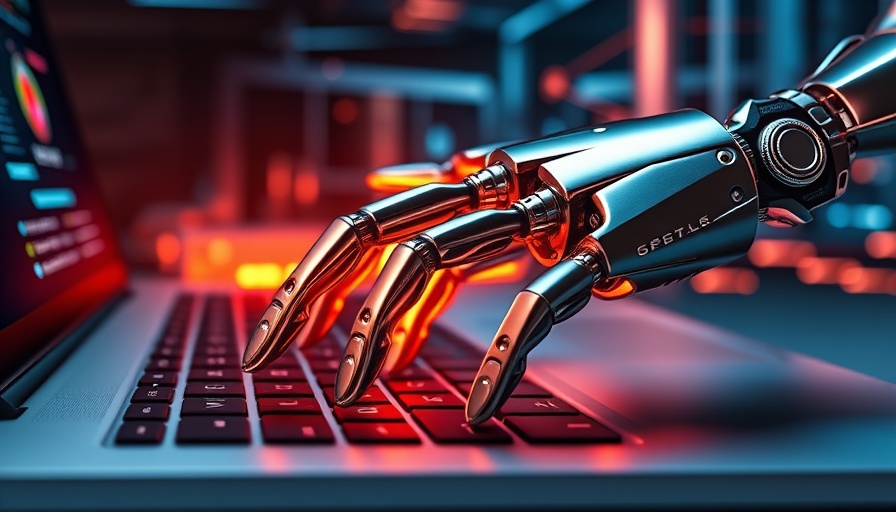
The Promise and Potential of Superintelligence
The notion of AI superintelligence—a system with intellectual capacities surpassing human beings in every conceivable way—is no longer confined to sci-fi lore. It has made its way into the strategic discourse of boardrooms and research labs worldwide. Leaders like Sam Altman of OpenAI have stirred conversations with predictions that such transformative technology might arrive swiftly within decades or even days, likening innovators to 'modern-day Oppenheimers.' This dialogue has sparked excitement and contention: is AI superintelligence poised to catalyze a leap in human advancement, or is it a speculative notion fraught with hyperbole?
Fear of the Unknown: Risks and Realities
While the potential of Artificial Superintelligence (ASI) to advance sectors from healthcare to finance is tantalizing, the reality remains that ASI capabilities are not yet tangible. Skeptics abound, questioning the feasibility of surpassing human cognitive limits established by our biological makeup. The allure of integrating superintelligence into global systems—and potentially even the human brain—presents significant risks alongside its promises. The specter of existential threats from such powerful systems looms large, warning of potential dangers should the pursuit of knowledge outpace ethical considerations.
The Historical Evolution of Artificial Intelligence
To truly appreciate the conversation surrounding ASI, it's helpful to traverse the historical landmarks of AI development. From its roots in specialized task-oriented innovations like expert systems and autonomous vehicles, AI has matured significantly. These systems, often referred to as narrow AI or weak AI, have demonstrated remarkable proficiency within their confines but fall short of the aspirations posited for ASI. This historical context grounds the current discourse in a continuum of technological achievements, helping leaders discern genuine breakthroughs from mere buzzwords.
Navigating the Future: Opportunities and Challenges
For CEOs, CMOs, and COOs, understanding the trajectory of AI superintelligence offers a compass for navigating future business landscapes. The transformative potential of ASI suggests a need for forward-thinking strategies that bolster organizational adaptability and resilience. By anticipating future trends, organizations can better position themselves to leverage ASI developments, balancing innovation with caution to mitigate potential risks. Foresight in this domain is not just advantageous; it's imperative for sustainable growth.
 Add Row
Add Row  Add
Add 




Write A Comment